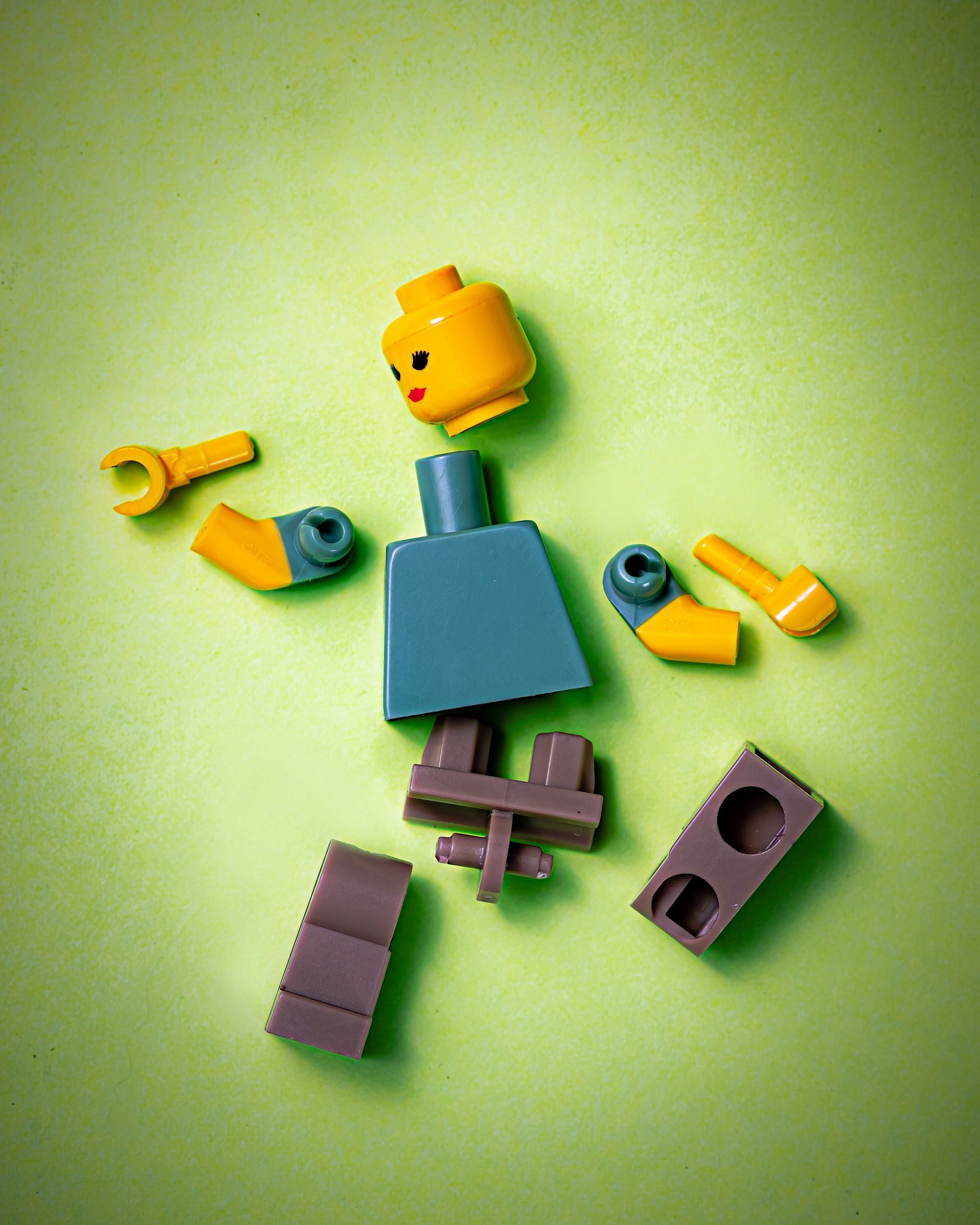Our Services
Divorce
Our team approach makes the Divorce process more manageable. By combining strategic legal representation with compassionate guidance, we help you resolve your divorce efficiently while minimizing unnecessary stress and expense.
Licensed Legal Paraprofessional
Our team of Licensed Legal Paraprofessional are backed by the full Evolved Law team, providing you with a cost-effective, collaborative approach to resolving your family law matters.
Animal Law
At Evolved Law, we know animals are family. Our Colorado animal law attorneys handle dog bite defense, pet custody, and other animal law issues with compassion and skill. We bring experience, understanding, and strong advocacy to every case to protect people and their pets.
Coaching
Work with our experienced legal coaches to navigate your divorce or family law matter with confidence. Our team provides strategy, guidance, and support so you can make informed decisions every step of the way.
APR Options and Post Decree Matter
We provide guidance on alternative parenting arrangements (APR), support modifications, and other post-decree issues. Our team helps you address ongoing concerns after your divorce, ensuring that agreements remain fair, workable, and in the best interests of your family.
CONNECT WITH US
Every story is unique, and we’re here to listen. Whether you’re facing a family law challenge or an animal law issue, Evolved Law offers compassionate guidance and clear, strategic support. Reach out today to take the next step forward.
WHY CHOOSE EVOLVED LAW?
At Evolved Law, you don’t just hire an attorney—you gain an entire team of experienced attorneys and Licensed Legal Paraprofessionals committed to supporting you through every step of your divorce or family law matter.
Helping Clients Divorce Differently
Want to avoid a prolonged legal battle and ugly custody case? Our Team can help. We are focused on keeping you out of court, minimizing potential trauma for the kids and adults involved, and helping you create a meaningful life after divorce. But when the courtroom is the only path forward, we stand ready to fight for your rights with skill and compassion.
THE EVOLVED BLOG











